Top 6 Myths About Bottled Water
Bottled water — already a more than $10 billion industry — is the fastest-growing beverage category in the U.S. But is it good for you? Here's the pure truth.
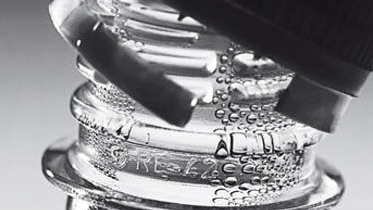
MYTH #1:
BOTTLED WATER IS BETTER THAN TAP.
Not necessarily. While labels gush about bottled water that "begins as snowflakes" or flows from "deep inside lush green volcanoes," between 25 and 40 percent of bottled water comes from a less exotic source: U.S. municipal water supplies. (Bottling companies buy the water and filter it, and some add minerals.) That's not really a bad thing: The Environmental Protection Agency oversees municipal water quality, while the Food and Drug Administration monitors bottled water; in some cases, EPA codes are more stringent.
MYTH #2:
PURIFIED WATER TASTES BETTER.
The "purest" water — distilled water with all minerals and salts removed — tastes flat; it's the sodium, calcium, magnesium, and chlorides that give water its flavor. The "off" taste of tap water is the chlorine; if you refrigerate it in a container with a loose-fitting lid, the chlorine taste will be gone overnight.
MYTH #3:
BOTTLED WATER WITH VITAMINS, MINERALS, OR PROTEIN IS MORE HEALTHY THAN REGULAR WATER.
"Vitamins, color, herbs, protein, and all the other additions to water — those are a marketing ploy," says Marion Nestle, Ph.D., professor of nutrition studies at New York University. Plus, the additives are usually a scant serving of the vitamins you really need in a day, adds Amy Subar, Ph.D., a nutritionist with the National Cancer Institute. Enhanced waters usually contain sugars and artificial flavorings to sweeten the deal and can pack more calories than diet soda. When it comes to providing fluoride, tap water usually wins, though that element is increasingly being added to bottled waters.
MYTH #4:
YOU NEED EIGHT 8-OUNCE GLASSES OF WATER EACH DAY.
The Institute of Medicine recommends about 91 ounces (a little more than 11 8-ounce glasses) of fluid daily for women. But here's the thing: It expects 80 percent of that to come from water, juice, coffee, tea, or other beverages and the remaining 20 percent from food. That means if you drink a 12-ounce cup of coffee and a 12-ounce can of diet soda, you only need 48 more ounces (three 16-ounce glasses, or four soda cans' worth) for the day.
Stay In The Know
Get exclusive access to fashion and beauty trends, hot-off-the-press celebrity news, and more.
MYTH #5:
AFTER AN INTENSE WORKOUT, BOTTLED WATER IS BEST.
There's a reason volunteers hand out Gatorade during marathons. If your workout lasts longer than an hour, you need to replace the water and electrolytes, such as sodium and potassium, that you've lost (that's what sports drinks generally do). For less intense workouts, regular water is fine.
MYTH #6:
WATER BOTTLES ARE EASY ON THE ENVIRONMENT BECAUSE THEY CAN BE RECYCLED.
Wouldn't it be nice? And it's not just the bottles. Eco-costs include manufacturing, trucking, shelving, and marketing. And meeting the annual U.S. demand for plastic bottles requires enough oil to keep 100,000 cars on the road for a year, says Janet Larsen of the Earth Policy Institute. Sure, the 70 million empty water bottles the U.S. produces per day can be recycled, but the sad truth is, about 86 percent of them end up in the trash. Hardly worth it, for what flows out of the tap and into a reusable glass for free.
-
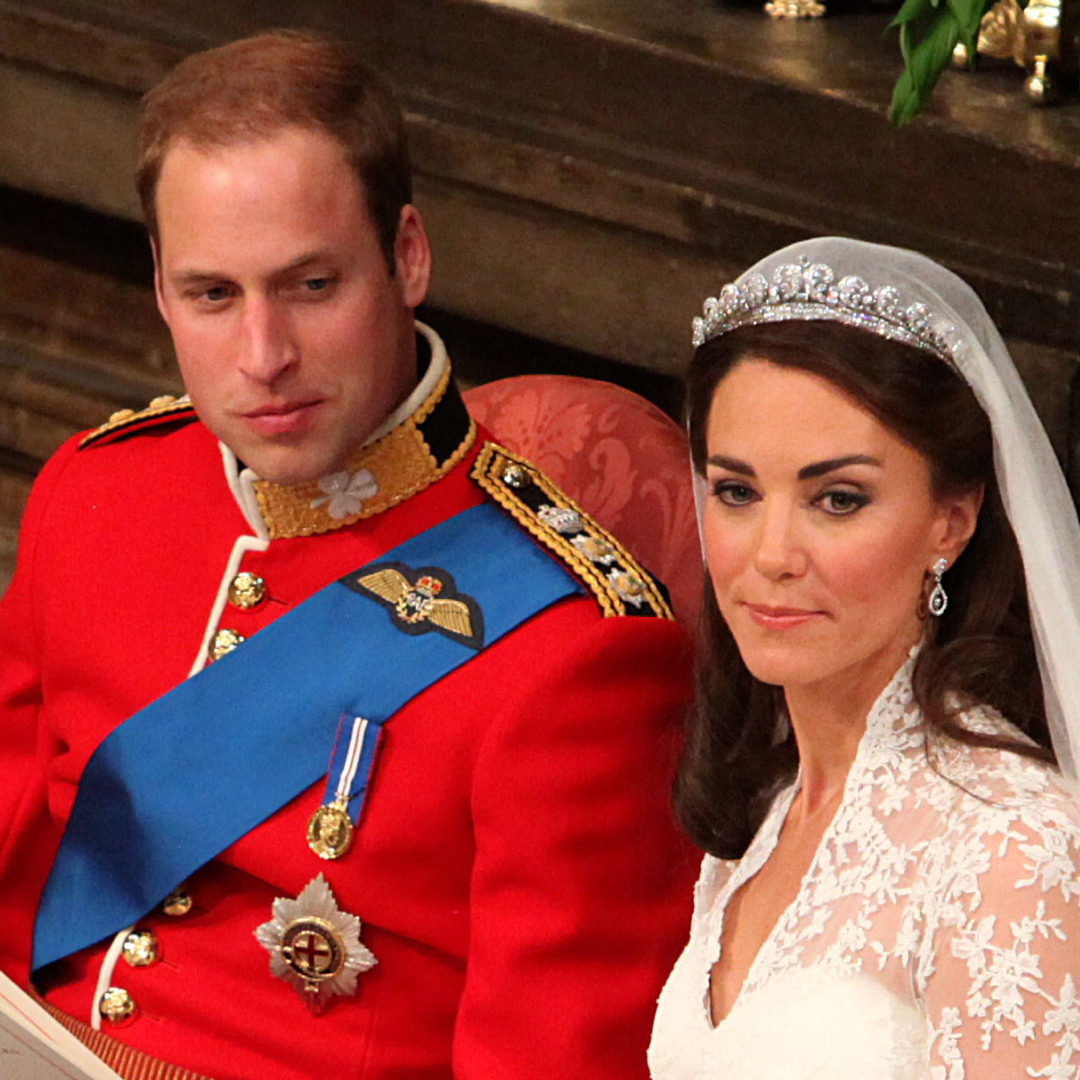 Why Prince William's Exes Attended His Wedding to Kate Middleton
Why Prince William's Exes Attended His Wedding to Kate MiddletonThe exes were invited "due to a more peculiar upper class British tradition."
By Amy Mackelden
-
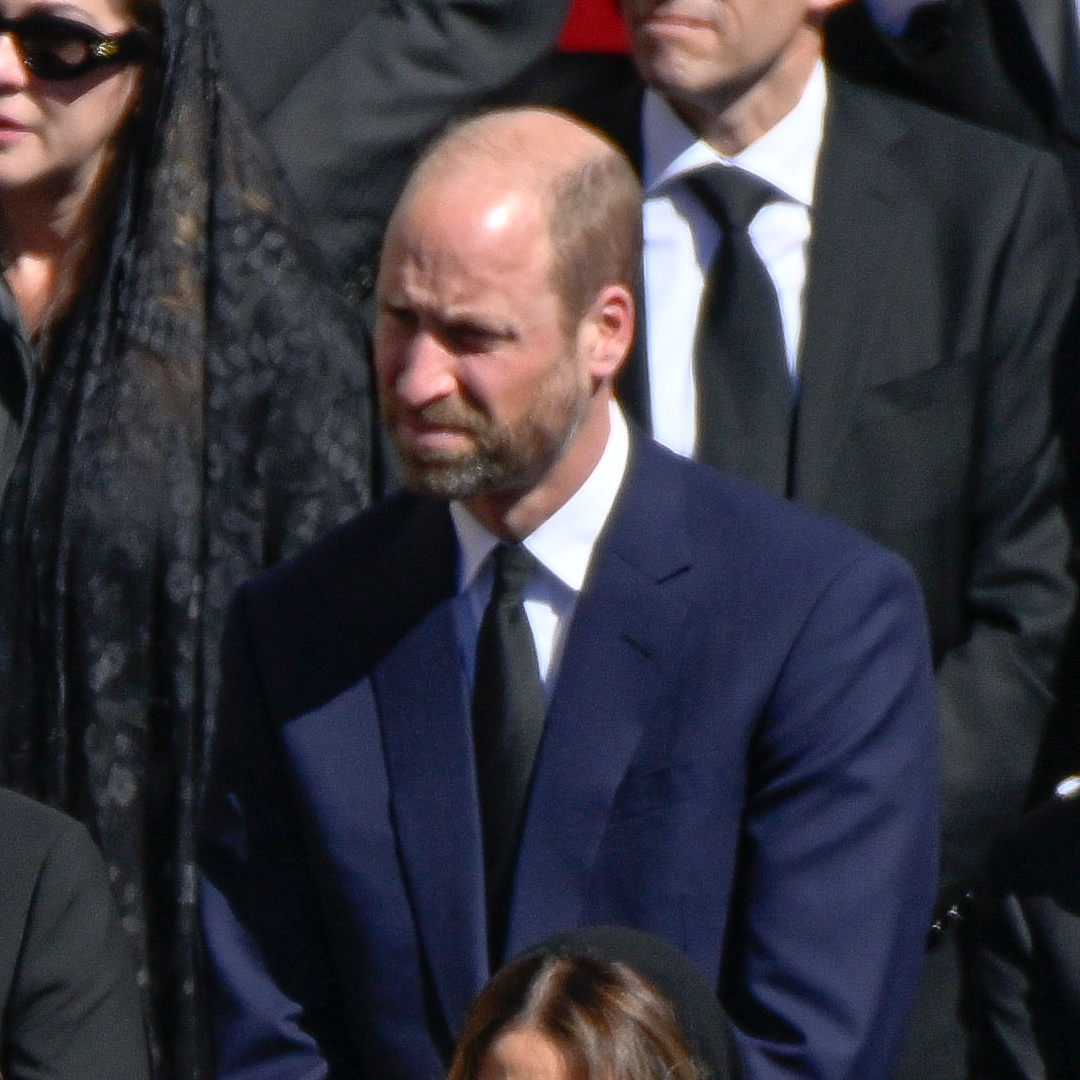 Why Prince William "Stepped in" for King Charles at the Pope's Funeral
Why Prince William "Stepped in" for King Charles at the Pope's FuneralThe seating plan was described as a "master plan" of "big egos."
By Amy Mackelden
-
 A Vintage Fendi Baguette Is Bella Hadid's Plus-One
A Vintage Fendi Baguette Is Bella Hadid's Plus-OneThe model paired her skintight capri jumpsuit with pointed-toe heels.
By Amy Mackelden
-
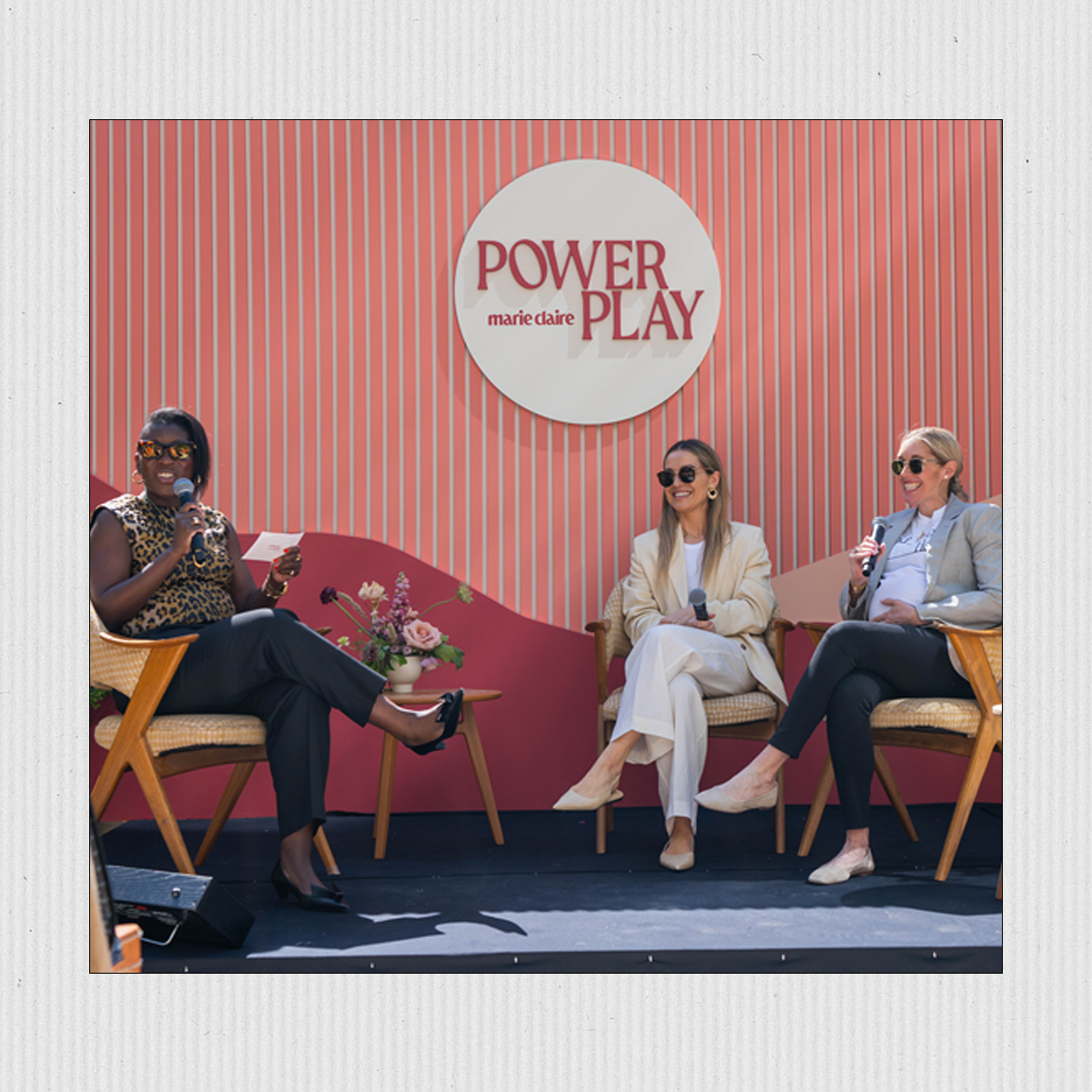 There's a Huge Gap in Women's Healthcare Research—Perelel Wants to Change That
There's a Huge Gap in Women's Healthcare Research—Perelel Wants to Change ThatThe vitamin company has pledged $10 million to help close the research gap, and they joined us at Power Play to talk about it.
By Nayiri Mampourian
-
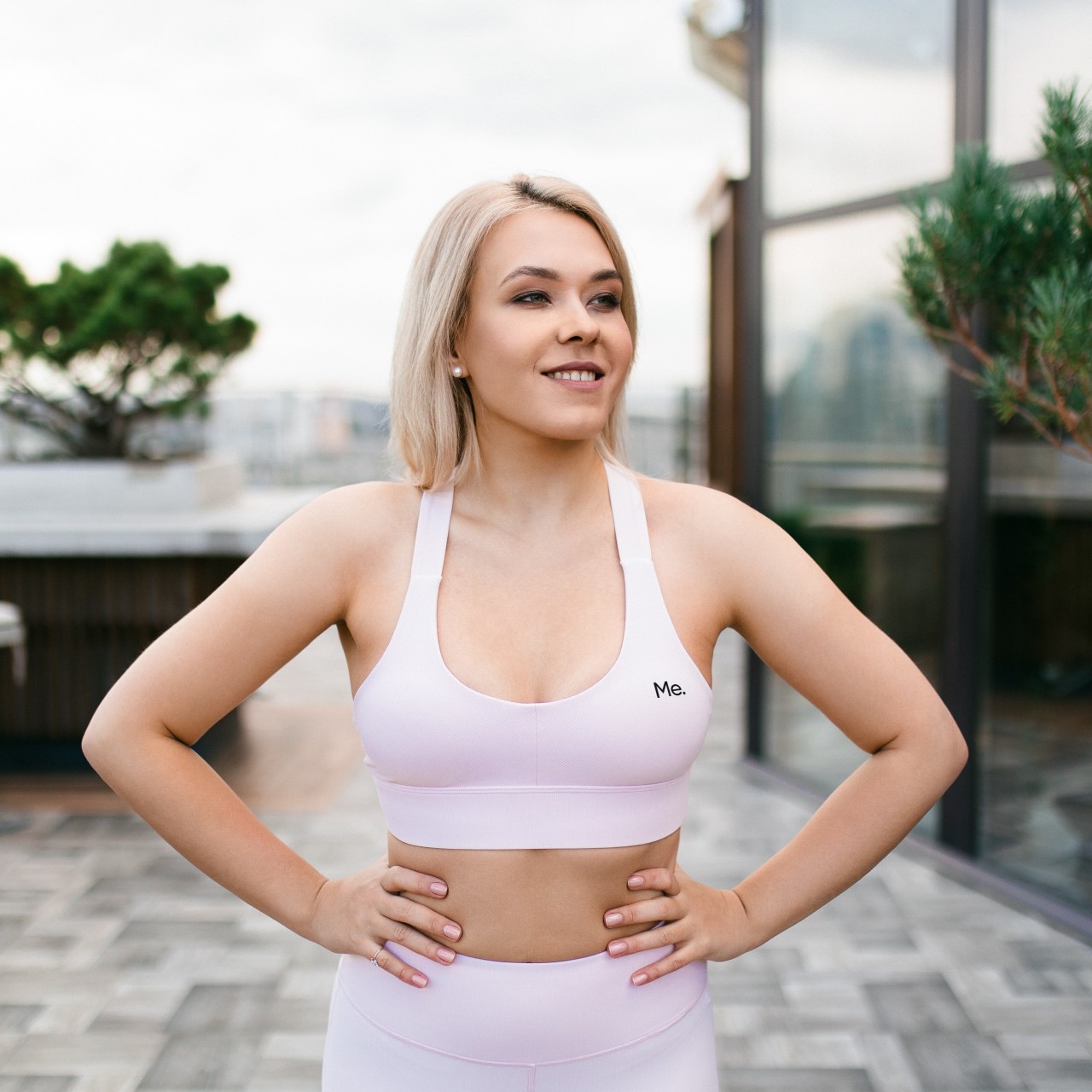 BetterMe Will Make Your New Year’s Resolutions Last the Other 12 Months
BetterMe Will Make Your New Year’s Resolutions Last the Other 12 MonthsSponsored BetterMe: Health Coaching uses a psychology-based program to approach your health goals from all angles, so they stay within reach.
By Sponsored
-
 Everlywell's At-Home Test Kits Are 40% Off
Everlywell's At-Home Test Kits Are 40% OffThe testing company is offering big savings on some of their most popular kits.
By The Editors
-
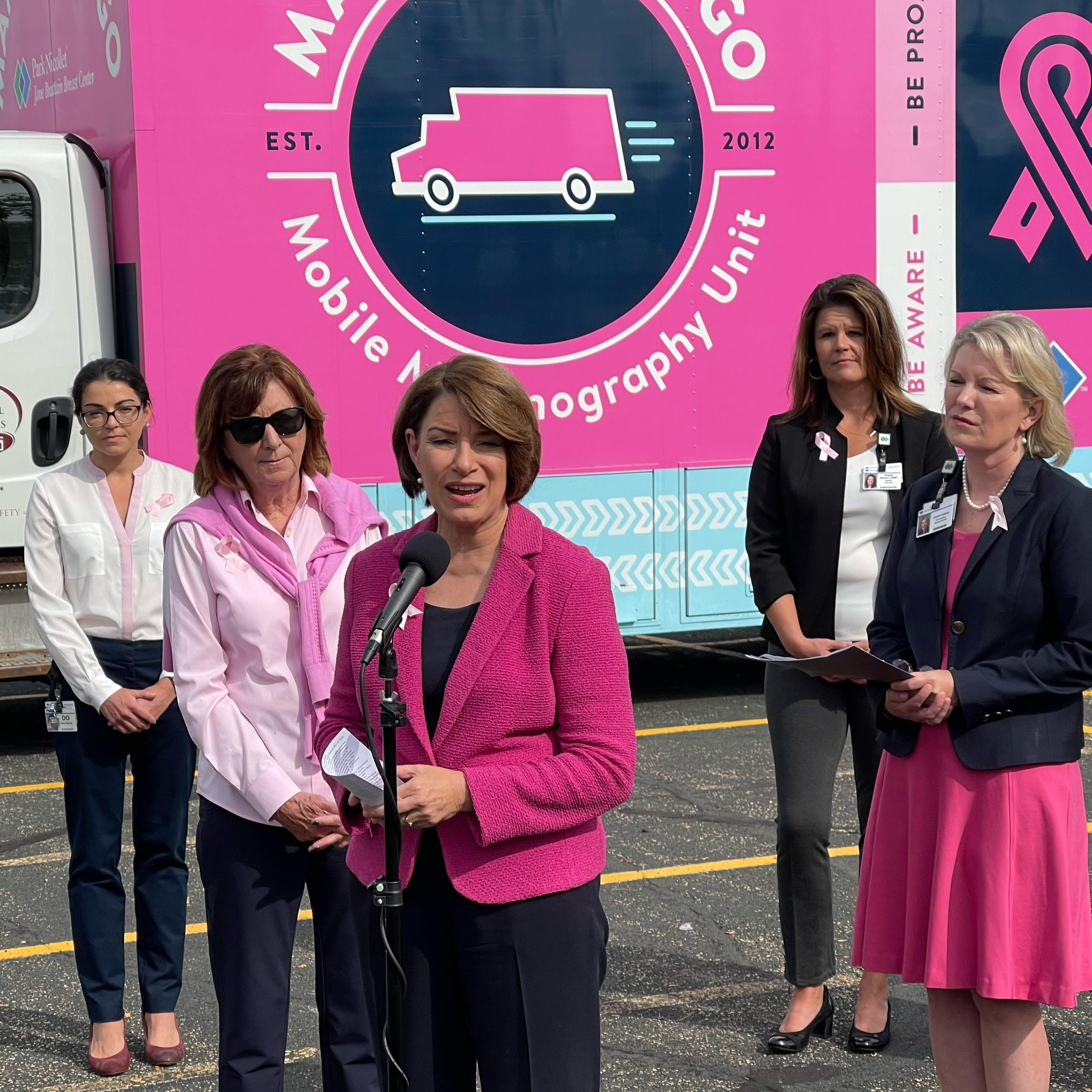 Senator Klobuchar: "Early Detection Saves Lives. It Saved Mine"
Senator Klobuchar: "Early Detection Saves Lives. It Saved Mine"Senator and breast cancer survivor Amy Klobuchar is encouraging women not to put off preventative care any longer.
By Senator Amy Klobuchar
-
 I'm an Egg Donor. Why Was It So Difficult for Me to Tell People That?
I'm an Egg Donor. Why Was It So Difficult for Me to Tell People That?Much like abortion, surrogacy, and IVF, becoming an egg donor was a reproductive choice that felt unfit for society’s standards of womanhood.
By Lauryn Chamberlain
-
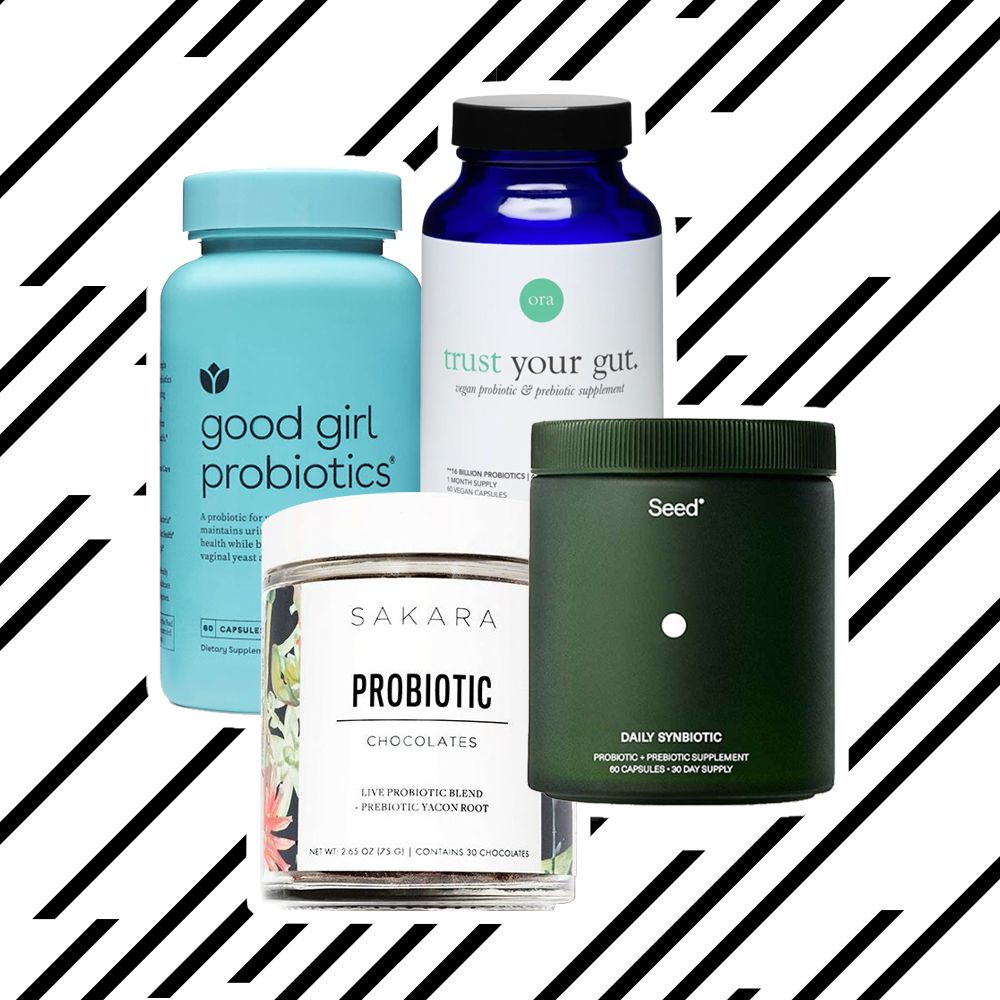 The 20 Best Probiotics to Keep Your Gut in Check
The 20 Best Probiotics to Keep Your Gut in CheckGut health = wealth.
By Julia Marzovilla
-
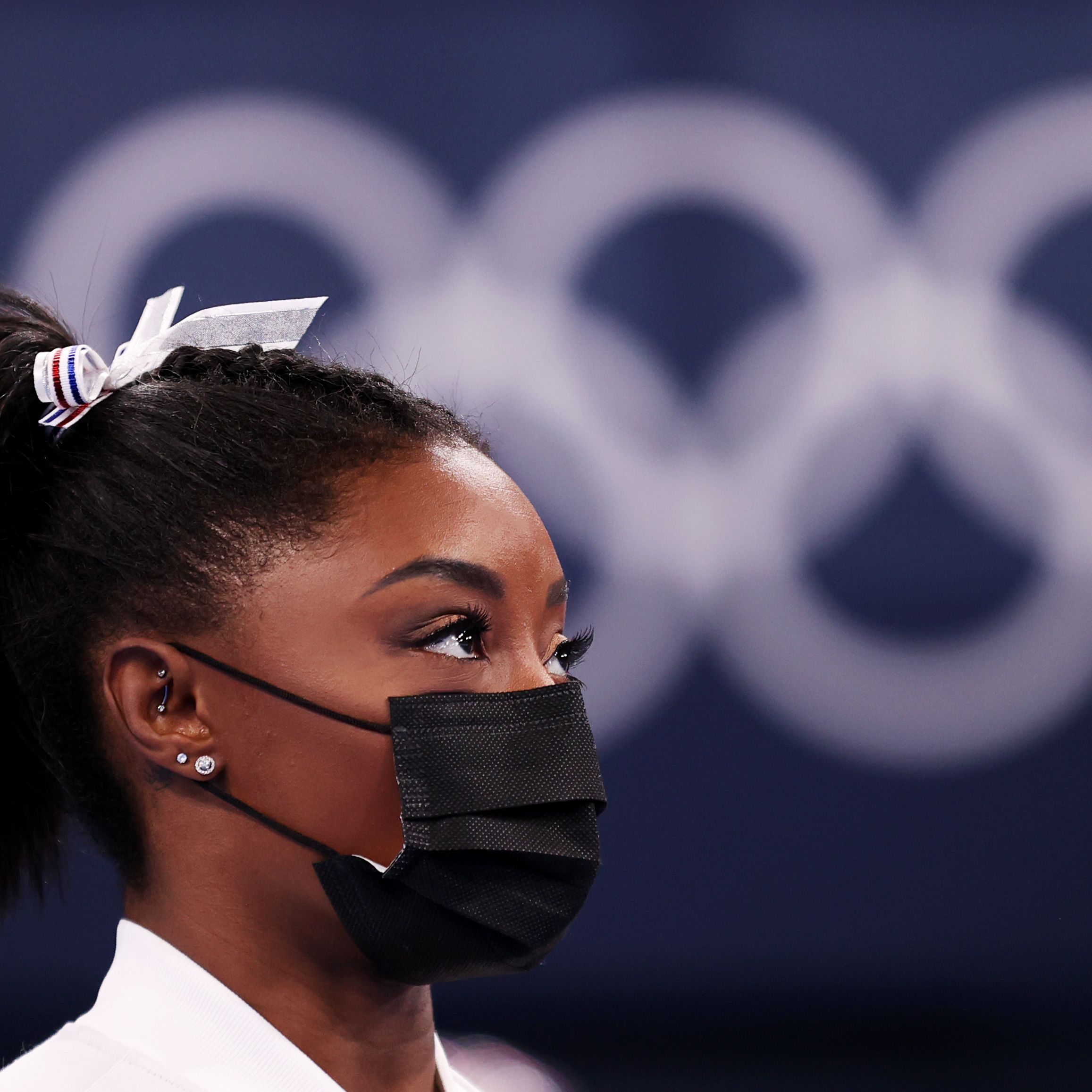 Simone Biles Is Out of the Team Final at the Tokyo Olympics
Simone Biles Is Out of the Team Final at the Tokyo OlympicsShe withdrew from the event due to a medical issue, according to USA Gymnastics.
By Rachel Epstein
-
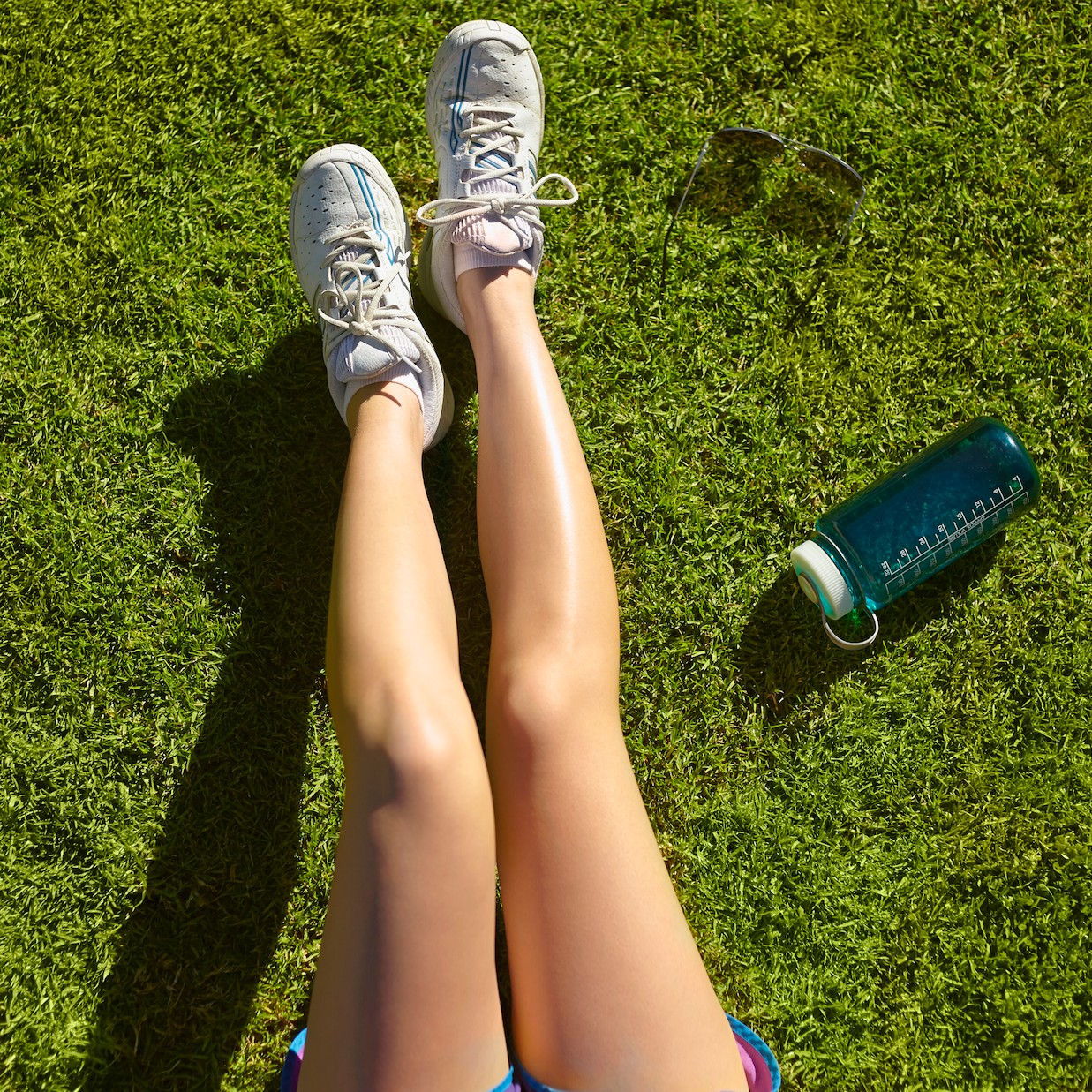 The Truth About Thigh Gaps
The Truth About Thigh GapsWe're going to need you to stop right there.
By Kenny Thapoung